Chikankari, one of the most beloved embroidery techniques, bestows garments with a delicate and opulent charm. This traditional fabric embellishment has garnered global recognition, with Lucknow, the capital of Uttar Pradesh, emerging as a renowned hub for its distinctive Chikankari embroidery. What sets traditional Lucknowi Chikankari apart is its incorporation of intricate floral motifs and creeping designs into the fabric. The craft thrives in the rural villages surrounding Lucknow, where more than 5000 families are engaged in this exquisite embroidery tradition. In a testament to its significance, Chikankari received Geographical Indication (GI) status in Lucknow in December 2008, solidifying its reputation as the sole epicenter of this craft. Chikankari stands as a truly unique form of hand embroidery, distinguished by its unparalleled intricacy, rendering it virtually impossible to replicate and surpassing the distinctive charm of many other embroidery and stitching techniques combined.
History and Origin of Chikan
Like every historical tale, Chikankari embroidery has a number of underlying presumptions and documented facts that reveal its history. As early as the third century BC, references to Indian Chikan work have been discovered. According to the Greek historian and ethnographer Megasthenes, Indians wore floral muslins. There are numerous myths surrounding the Chikankari embroidery technique's origins in India. A traveler who was passing through a village close to Lucknow allegedly stopped and asked a struggling farmer for water. Delighted by the peasant's generosity, the traveler taught him the art of Chikankari, ensuring that he would never go hungry in his life. Another tale relating to the development of Chikankari takes place at the Mughal court of Jahangir, where the talented and beautiful queen Nur Jahan was a devotee of Chikan embroidery. Her dreamy white needlework won the king's favor, and she soon attained fame and imperial patronage.

Process of Chikankari
Chikankari is a technique that involves hand-stitching on various textile fibers in a delicate and artistic manner. Simple tools are used in highly detailed work to embellish beautiful motifs on plain or light-colored fabrics.
- The tailor cuts the fabric into the desired shape in the first stage, which is known as fabric cutting and styling. Following cutting, the tailor sews the item using a running stitch.
- Several patterns of wood planks are constructed, such as floral, butis, or borders, depending on the design of the garment. The substance is submerged in a dye solution made of glue and indigo. This procedure is also known as "Chhapayi."
- On semi-stitched fabric, the images are embossed using pattern blocks that have been dyed. These blocks are stamped onto the fabric that will be embroidered after being dipped in dyes or Neel.
- The needlework begins at this point. As the embroidery work is more intricate and time-consuming than other steps, the cloth is fixed into frames. Depending on the fabric and design, the artisans stitch the design using various techniques. Women typically perform this task.
- The process of washing the cloth is the final step. To get rid of any remaining traces of ink, the fabric is thoroughly washed after being soaked in water for a while. The fabric is additionally starched before the item is sold to ensure that it appears as stiff as it should. As it requires bleaching, acid treatment, stiffening, and ironing, this process could take 10 to 12 days.

Types of Stitches
Chikankari embroidery work can be divided into three main categories: flat stitches, embossed stitches, and jaali stitches.
1. The fine stitches that stick close to the fabric are known as flat stitches.
- Taipchi: This Chikankari stitch type is the most popular and simple. These are typically running stitches that are worked in parallel rows on the right side of the fabric. Taipchi is also used to create ghaspatti patterns, which are filled with petals and leaves.
- Pechni: This term refers to a particular style of embroidery that uses Taipchi as its foundation. By regularly entwining the thread over the Taipchi work, a shadow effect resembling a lever spring is created.
- Pashni: This pattern is used to finely finish the inside of a badla and involves outlining a motif first with taipchi and then covering it with tiny vertical satin stitches over a number of threads.
- Bakhia: This is primarily a shadow job and comes in two varieties. Typically, Ulta Bakhia is stitched beneath the motif and on the fabric's backside. This appears to be very classy and lovely. Shidhi Bakhia is a satin stitch in which individual threads are crossed; in contrast to Ulta Bakhia, it is applied to the fabric's surface and has no shading effect.
- Khatao: It consists primarily of cutwork and Chikan work.
- Gitti: It is typically used to create a wheel-like motif using a combination of a buttonhole and a long satin stitch.
- Jangira: This is a type of chain stitch that is typically used in conjunction with a row of pechni or a thick taipchi.
2. Embossed stitches are bolder than flat stitches and have a grainy appearance.
- Murri: This tiny satin pear stitch is applied over outlined or already-done taipchi stitches.
- Pechni: Taipchi is typically used as the base for this type of chikan work embroidery, which is done on the right side of the fabric. By regularly entwining the thread over the Taipchi work, a shadow effect resembling a lever spring is created.
- Phanda: This type of stitch, which uses spherical knots, is a condensed version of the Murri stitch. This stitch requires a lot of work.
3. Jaali stitches are the specialty of Chikan work and give a delicate net effect. These jaalis are made by carefully separating the wrap and weft threads so that tiny gaps appear in the fabric. One jaali can be distinguished from another by the way these openings are shaped and stitched.
Learn Chikankari (click here)
Motifs
As a Persian-influenced art form, Chikankari embroidery typically uses floral motifs and designs with the addition of stems, leaves, and other natural elements. In addition to floral motifs, the Paisley motif, which has a bean-like appearance, includes palm leaves, grass stalks, bird and animal motifs like peacocks and butterflies, as well as geometrical and styled patterned motifs. This gives artists virtually endless creative options. In the beginning, Chikankari was only done on white fabric with white embroidery, but it has since expanded to include both conventional and unusual color combinations. Originally done on traditional muslin cloth, Chikankari embroidery is now done on lighter fabrics like georgette, chiffon, organza, cotton, and silk. The concept behind the availability of multiple fabrics is that lighter-weight cloth requires less effort than heavy and hard fabrics. Creepers are the most typical motif used in Lucknowi Chikankari artwork. Jasmine, rose, flowering stems, lotus, etc. are just a few examples of floral motifs that are either used all over the garment or in the corners.
Chikankari has developed into a well-known fabric art throughout the world. This cutting-edge embroidery technique allows you to create a wide variety of clothing items. It is undeniably true that Chikankari has maintained its exceptional charm while successfully surviving for centuries under sustainable conditions. The only thing that has changed over time is the modification, which has only helped Chikankari embroidery become more well-known and eminent around the world while demonstrating its enduring beauty.
References:
- "Chikankari." Indian Mirror. Accessed September 4, 2023. URL: https://www.indianmirror.com/culture/indian-specialties/Chikankari.html
- "Chikankari." Cultural India. Accessed September 4, 2023. URL: https://www.culturalindia.net/indian-crafts/chikankari.html
- "Chikankari: A Lucknawi Tradition." Khinkhwab. Accessed September 4, 2023. URL: https://khinkhwab.com/blogs/news/chikankari-a-lucknawi-tradition
- "Chikankari - Ancient Art of Traditional Embroidery." Baisa Crafts. Accessed September 4, 2023. URL: https://baisacrafts.com/blogs/updates/chikankari-ancient-art-of-traditional-embroidery
- "Chikankari - The Exceptional Art of Embroidery." Yeha India. Accessed September 4, 2023. URL: https://yehaindia.com/chikankari-the-exceptional-art-of-embroidery/














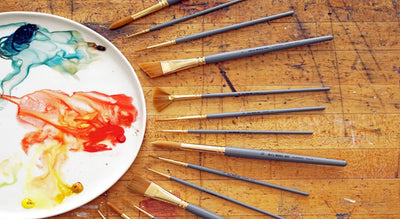
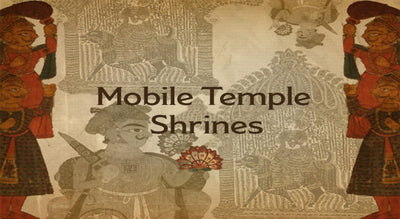
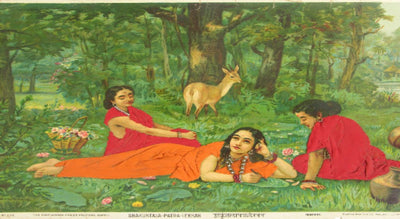
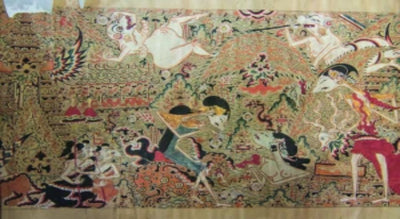
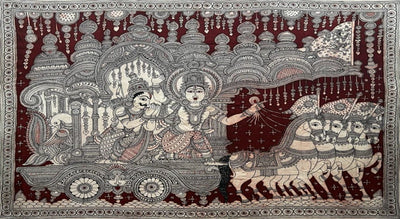
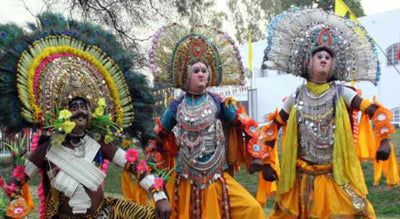
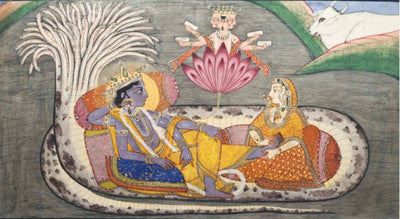
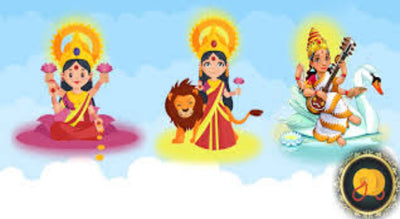
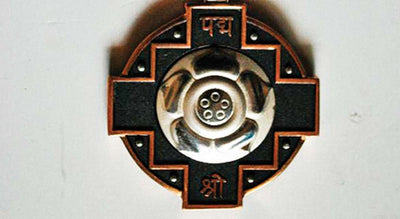
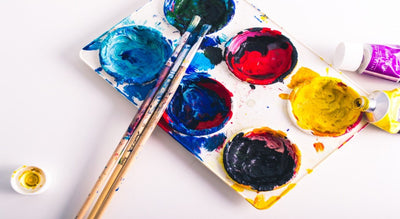
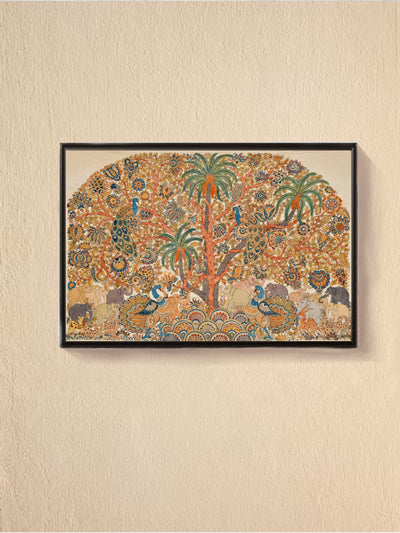







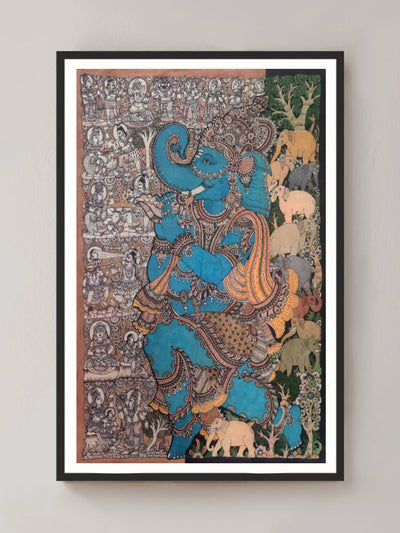








0 comments